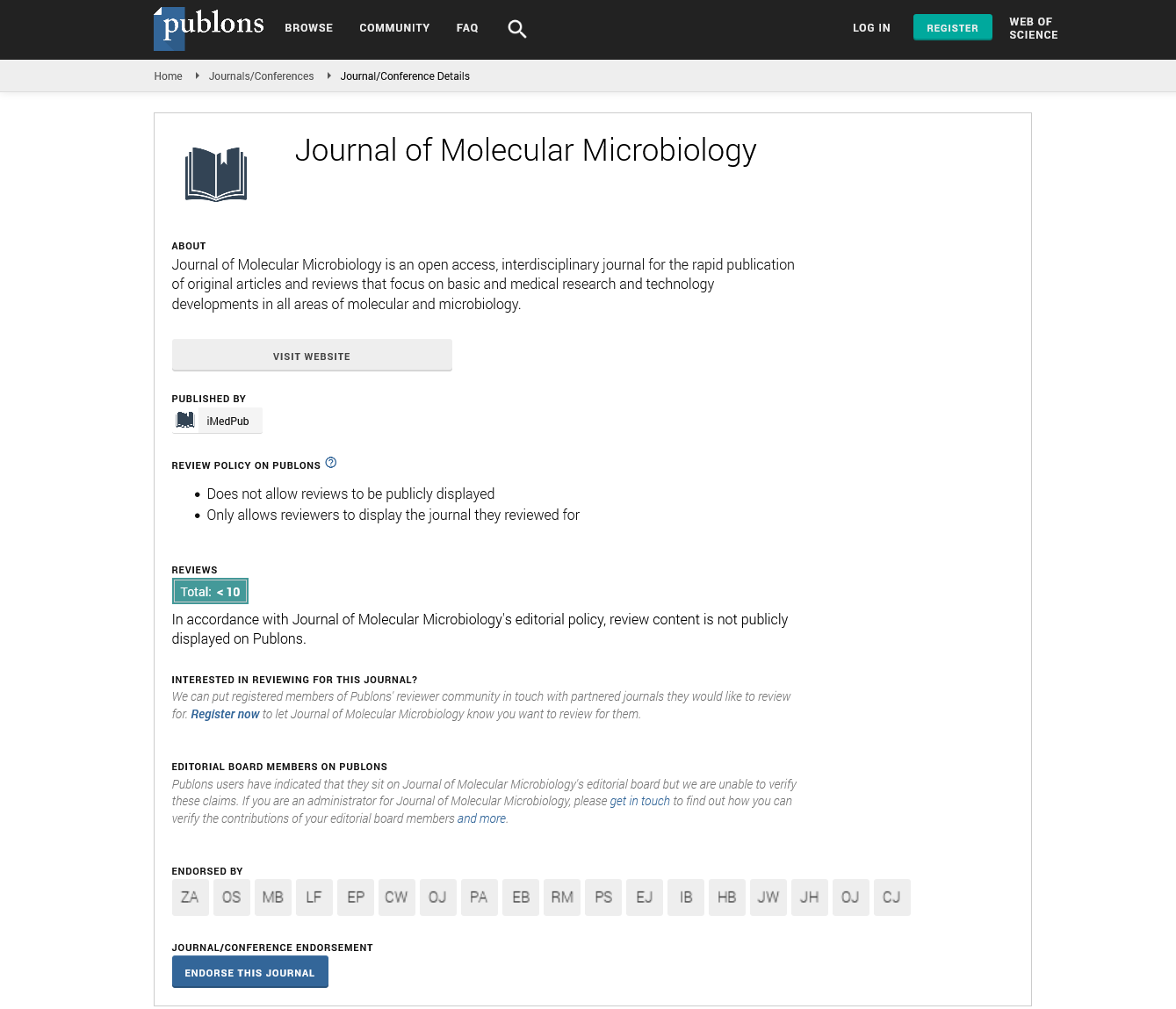Abstract
Developments in bacterial kill using blue light emitting diodes (LEDs)
Background The increasing burden of multiple drug resistant bacteria underscores the need to find innovative therapeutics for bacterial infection in clinical situations. Our team has shown that blue light is antimicrobial and has the potential to speed wound repair 1,2. To advance our line of work, we utilized a breakthrough technology, the CareWear® wound patch, emitting blue 450 nm light, to treat P. acnes and MRSA in vitro. Methods: Bacteria were grown in their respective media aerobically/anaerobically at 37°C until they reached logarithmic growth phase. Concentrations of 1x106 colony forming units (CFU) /mL of Propionibacterium acnes (P. acnes) and methicillinresistant Staphylococcus aureus (MRSA) were plated and bacteria assigned to two groups; control and treated. Various irradiation protocols (average irradiance of 2, 3.5 and 4.5 mW/cm2 in continuous wave mode and 2 or 3.5 mW/cm2 in pulsed modes; and fluences ranging from 5 – 60 J/cm2 ) were applied after which plates were incubated at 37°C, colonies photographed, counted and percent survival computed.. Results: CareWear® 450 nm light patches, effectively suppressed the growth of P. acnes and MRSA at low levels of optical irradiance and fluence when applied in specific pulsed modes and treatment sequences. Levels as low as 5 J/cm2 demonstrated 100% bacterial kill rates in vitro. This finding is a significant improvement over similar continuous wave blue light devices, which require energy levels greater than 60 J/cm2 to achieve comparable results. Moreover, it shows that, for maximum antimicrobial effect, it is not necessary to irradiate at the relatively high energy densities of 50 – 60 J/cm2 or higher as reported in our previous studies and those of others Conclusion: Blue light inactivates a host of bacteria, including the notoriously deadly MRSA and other drug-resistant bacteria. Our results show that bacterial clearance is achievable at much lower energy fluences using the new technology and protocol, which is not only more effective but naturally safer for patients and others. Biography: Violet Bumah is a Research Associate Professor and Lecturer at the Department of Chemistry and Biochemistry, San Diego State University, USA. Prior to her present position, she worked as a Research Associate at the University of WisconsinMilwaukee and was Principal Investigator to several funded projects. She was recruited to the University of Wisconsin from the University of Buea, Cameroon, West Africa where she served as Coordinator of Biochemistry Departmental Seminars and Lecturer. She was awarded the prestigious Fulbright Senior Research Scholarship to the Fienberg School of Medicine, Northwestern University, Chicago. Furthermore, she also received the Burroughs Welcome Fellowship as a Senior Scholar to continue her research on host-pathogen interactions and the development of potential antigen candidate vaccines against malaria. Her research interests include the development of protocols to investigate host-pathogen interactions, with one of such modalities involving the use of monochromatic radiations. She has authored several publications on the use of blue light as an antimicrobial armamentarium and in wound healing. She has collaborated with professionals from different nationalities, partnered with many leading authorities in the field of photobiomodulation and is known for her work on microbial susceptibility to blue light.
Author(s): Violet V Bumah
Abstract | PDF
Share This Article
Google Scholar citation report
Citations : 86
Journal of Molecular Microbiology received 86 citations as per Google Scholar report
Journal of Molecular Microbiology peer review process verified at publons
Abstracted/Indexed in
- Google Scholar
- Publons
Open Access Journals
- Aquaculture & Veterinary Science
- Chemistry & Chemical Sciences
- Clinical Sciences
- Engineering
- General Science
- Genetics & Molecular Biology
- Health Care & Nursing
- Immunology & Microbiology
- Materials Science
- Mathematics & Physics
- Medical Sciences
- Neurology & Psychiatry
- Oncology & Cancer Science
- Pharmaceutical Sciences
